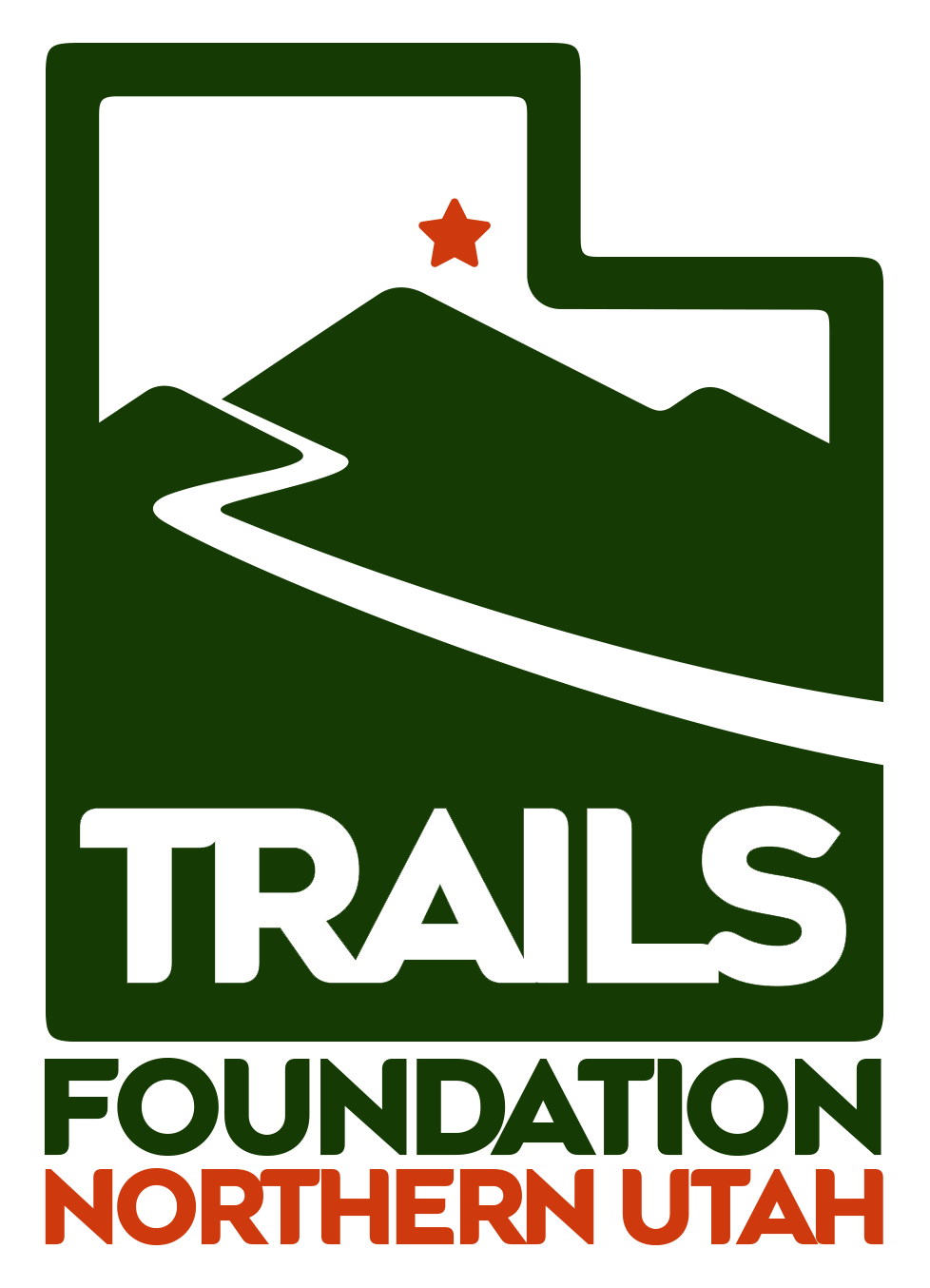Using the trails is a very safe activity, yet there is no way to fully predict the hazards you might encounter in the wild.
Here are some of the most common dangers and quick prevention tips
Altitude Sickness: Acclimate yourself to high altitudes for a day or more before taking strenuous hikes. Minimize altitude gain on hikes until acclimated. Hike downhill if symptoms persist. Can be deadly if left untreated.
Dehydration: Drink water regularly on your hike. You know you are drinking enough if you urinate often and the urine comes out clear.
Getting Lost: Stay with your group at all times. Stay on the trail. Pay attention to blazes. If lost, do not continue hiking; try to backtrack.
Giardia and other waterborne protozoan diseases: Do not drink unpurified water from streams, lakes, ponds, etc. Bring water from home, or use a water purifier or iodine tablets.
Hyperthermia: Ranges from heat cramps to heat exhaustion and heat stroke, which can be deadly. Stay cool and out of the sun in the heat of the day. Drink plenty of water. Wear lightweight, light-colored clothing that blocks and reflects the sun.
Hypothermia: Caused when the body’s core is drained of heat. Wear appropriate layered clothes (no cotton), avoid getting wet and being exposed to high winds or precipitation, drink plenty of water, and eat more fatty foods in cold weather to stay warm. Can be deadly if left untreated
Insect Pests: Learn which bugs are prevalent in your area and in which seasons, and avoid hiking then. Do not put feet or hands into places you cannot see. Wear protective clothing. Avoid wearing scented cosmetics, perfumes, hair sprays, shampoos, or soaps. Cover exposed areas of your body with insect repellent and reapply frequently.
Lightning: Avoid late afternoon hiking in exposed places when thunderstorms may occur. Take cover in advance of storm. Avoid open areas. Do not take cover under a tree. Stay clear of water bodies including trails that flow with rainwater. Take off metal backpacks. Go into lightning crouch with insulating object under your feet.
Poisonous Plants: Learn to recognize poison ivy, poison oak, and poison sumac. Avoid touching them by staying on the trail and wearing long pants and sleeves. Wash your hiking clothes as soon as you arrive home.
Rain, Fog, Snow, Ice: Get a weather forecast before your hike. Watch for signs of worsening weather. Abandon destination and take bailout route or head back the way you came if weather worsens. Carry the right clothing and layers. Have plenty of food and water. Be especially careful in exposed terrain and at stream crossings.
Snakes: Never touch a snake. Watch where you put your feet, especially on the far side of rocks or fallen logs. Do not reach into places, such as overhead ledges, that you cannot see. High boots, long pants, or gaiters help reduce the chance of snakebite.
Stream Crossings: Assess streams carefully before crossing. If high waters look too dangerous, turn back. Use a walking stick to help you cross. Unbuckle hip-belt.
Sun-related Problems: Range from sunburn to skin cancer. Hike with a hat with a visor, wear UV-blocking sunglasses, keep your skin well covered with clothes, wear sunscreen.
Wildlife: Respect all wildlife. Never touch, approach or feed animals. Take precautions if you will be hiking in bear or mountain lion country.
Wind: Avoid ledges and other high exposed terrain in high winds. Stay dry and well hydrated. Layer up appropriately to keep the wind from reducing core body temperature.
This fact sheet was originally created by and is reprinted with permission of the American Hiking Society, 1422 Fenwick Lane, Silver Spring, MD 20910, 301-565-6704 | www.AmericanHiking.org
Horse Riding Safety
In addition to the items above also consider:
· Know the type of trail and its condition before you go.
· Keep one horse length between horses.
· Use a helmet.
· Ride with a buddy and tell someone your planned route and when you’ll be back.
· First aid, pain reliever and electrolytes for your horse.
· Tack repair kit. Check you tack often during the ride.
· Bring a hoof pick to remove stones, a hoof boot, if you lose a shoe and wire cutters for downed wire.
· Consider an ID tag for your horse in case it gets away from you.
· Carry vital items on your person not in a saddle bag in case your horse gets away from you.
Bike Riding Safety
· Wear a helmet, gloves, proper shoes, and protective glasses.
· Know your skill level and fitness level limits
· Have basic first aid knowledge, carry a kit with you
· Check the condition of your bike before you go
· Be able to make minor repairs and bring proper tools
· Use common sense
Winter Hiking Safety
· Know the trail and forecasted weather conditions before you go.
· Never go out alone and make sure someone knows your location and expected return time.
· Be prepared for reduced visibility and being out after dark. Bring a headlamp and navigation tools
· Have an essentials item pack (above)
· Wear proper footwear with good tread, extra traction devices or snowshoes if the snow is deep.
· Beware of hypothermia
· Stay hydrated
